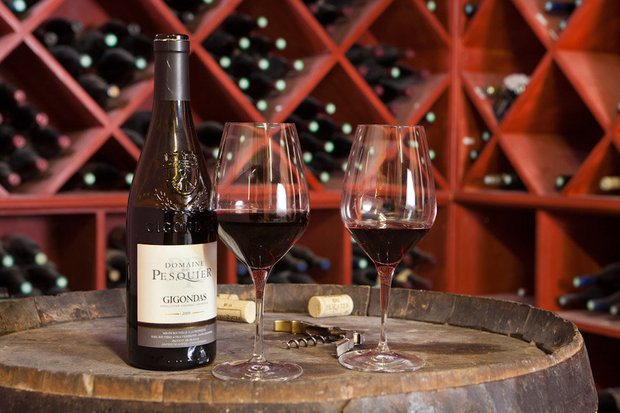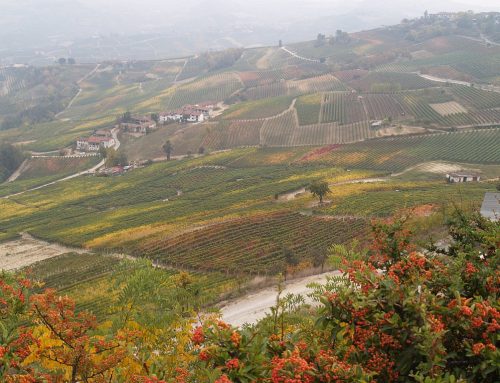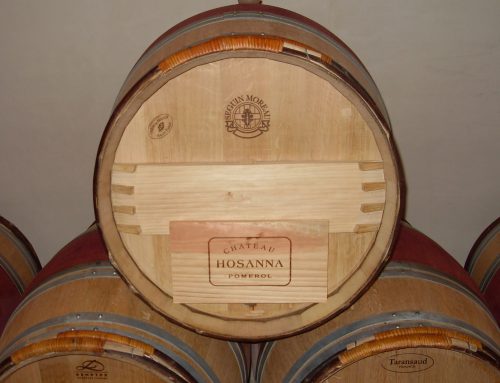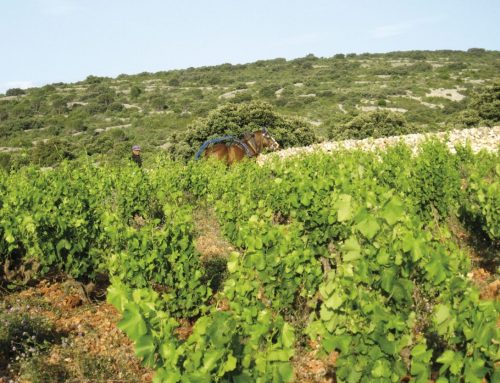We start the new year with Gigondas, a new wine region for this column, and an old friend, Domaine du Pesquier.
Gigondas is in the southern section of France’s Rhone Valley. Its history dates to the Romans, who used the area for its soldiers to have what we call “R&R.” They named it Jocunditas, meaning pleasure and enjoyment in Latin.
Over centuries, farmers in Gigondas developed olive groves and vineyards alongside everyday produce. Its wines were overshadowed by nearby Chateauneuf-du-Pape and were transported to Burgundy for blending when that famous region suffered a poor vintage. In 1956, severe winter weather destroyed the olive trees; the farmers replaced them with vines. That interplay of nature and the human response to it had historical importance.
Grenache has always been the dominant grape in Gigondas. Other grapes were planted randomly, creating a mix of wine styles. Starting in the 1960s, syrah became the preferred grape for new vineyards or for replacing old vines. In 1971, the French wine authorities removed Gigondas from the list of the Cotes du Rhone villages and granted its petition to become an appellation of its own. With its new status came the requirement that Gigondas-labeled wines be a blend of a maximum of 80 percent grenache, a minimum of 15 percent syrah or mourvedre, and not more than 10 percent other Rhone varietals.
Like many other farms in Gigondas, Domaine du Pesquier was a mix of agricultural products before the deep freeze in 1956. After its olive trees were destroyed, owner Raymond Boutiere planted new vineyards and bottled his first wine in 1965. Over the ensuing decades, Boutiere and son Guy gained Domaine du Pesquier a reputation for quality; I always thought it was fairly priced, too.
Today, the estate is in the hands of Guy Boutiere’s children, Mathieu and Geraldine Boutiere. While Guy remains active, Mathieu’s oenology education at Montpellier and Avignon and his on-the-job experience at an Australian winery in Clare Valley fortifies Domaine du Pesquier’s future.
In November, I tasted a broad selection of Gigondas wines from 2005 to 1972 was presented. With the first course of mushroom tartare came four wines, including the 2004 Domaine du Pesquier. Its vibrant black fruit, and herbal aromas and flavors were integrated with the tannins, giving the wine a sense of wholeness. It made me remember why I was attracted to Domaine du Pesquier. Entering its 10th year, the 2004 Domaine du Pesquier offered a long, flavorful fruit-filled finish and a testament to Pesquier’s and Gigondas’ aging potential.
Five days after the Gigondas event, I went to one of New Jersey’s best restaurants, The Frog and The Peach in New Brunswick–for their autumn game dinner with Rhone wines. The second course, charcoal-grilled wood pigeon, was accompanied by the 2010 Domaine du Pesquier. Made with 75 percent grenache, 20 percent syrah and 5 percent mourvedre, this wine’s aroma and flavor was stamped with blackberry, and it exhibited a firm structure.
The 2010 Domaine du Pesquier, made with 75 percent grenache, 20 percent syrah and 5 percent mourvedre, was stamped with blackberry.









Leave A Comment